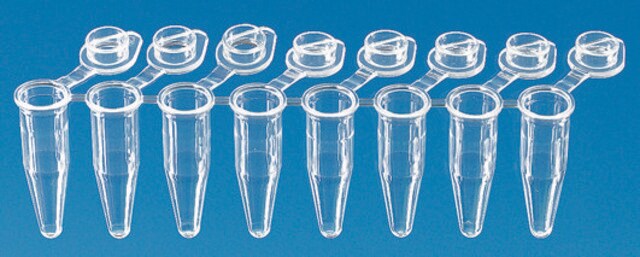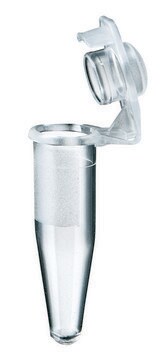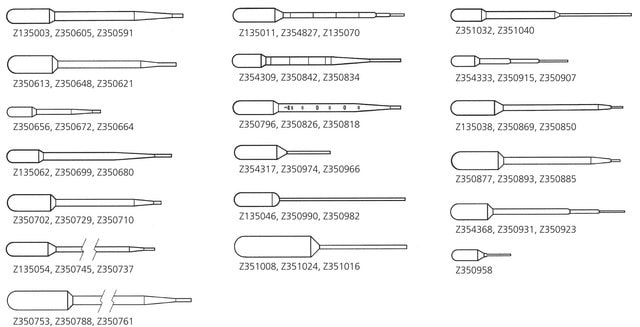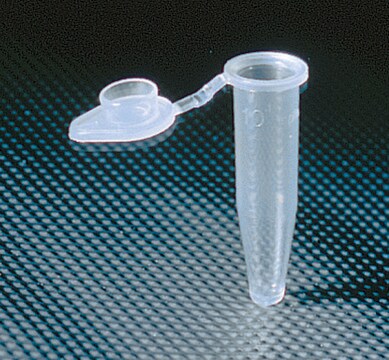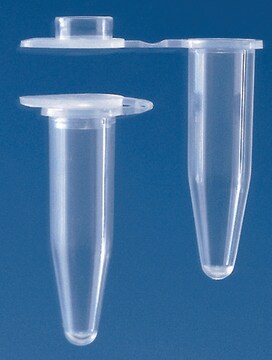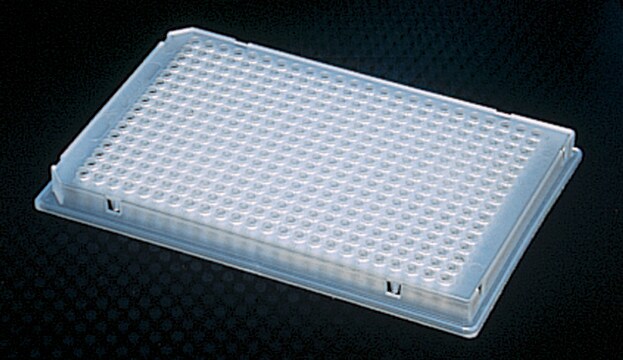Wichtige Dokumente
Z374873
PCR microtubes with attached caps
capacity 0.2 mL
Synonym(e):
PCR Tubes
About This Item
Empfohlene Produkte
Materialien
colorless cap
colorless tube
conical bottom
flat cap
polypropylene
polypropylene cap
polypropylene tube
Beschreibung
Autoclavable
Sterilität
non-sterile
Leistungsmerkmale
RNase and DNase free
autoclavable at 121 °C
graduations: no
Push fit
Verpackung
pack of 250 ea
case of 4 packs
Methode(n)
PCR: suitable
Kapazität
0.2 mL
Farbe
clear
Eignung
suitable for (PCR applications)
Suchen Sie nach ähnlichen Produkten? Aufrufen Leitfaden zum Produktvergleich
Allgemeine Beschreibung
Analysenzertifikate (COA)
Suchen Sie nach Analysenzertifikate (COA), indem Sie die Lot-/Chargennummer des Produkts eingeben. Lot- und Chargennummern sind auf dem Produktetikett hinter den Wörtern ‘Lot’ oder ‘Batch’ (Lot oder Charge) zu finden.
Besitzen Sie dieses Produkt bereits?
In der Dokumentenbibliothek finden Sie die Dokumentation zu den Produkten, die Sie kürzlich erworben haben.
Kunden haben sich ebenfalls angesehen
Protokolle
Reverse transcription (RT) is the process of converting RNA to cDNA using a reverse transcriptase enzyme and dNTPs.
Hot Start dNTPs are modified with a thermolabile protecting group at the 3’ terminus. The presence of this modification blocks nucleotide incorporation by DNA polymerase until the nucleotide protecting group is removed during a heat activation step.
The most common application for qPCR is the measurement of a gene transcript or copy number quantity relative to one or more reference genes using probe detection.
Method for amplification of DNA from damaged DNA sources. Particularly useful for DNA extracted from old samples.
Unser Team von Wissenschaftlern verfügt über Erfahrung in allen Forschungsbereichen einschließlich Life Science, Materialwissenschaften, chemischer Synthese, Chromatographie, Analytik und vielen mehr..
Setzen Sie sich mit dem technischen Dienst in Verbindung.